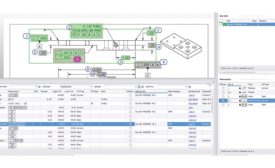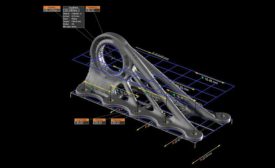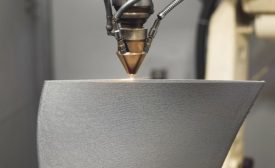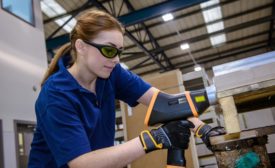Test & Inspection
Keeping Up with Additive Manufacturing
AM production enables the creation of parts not possible with traditional technologies through new design concepts, new materials, and new applications, but still presents challenges.
December 1, 2020
Additive Drives the Adoption of CT for Nondestructive Internal Inspection
CT provides unparalleled insight into a 3D structure, including its density at every point throughout its volume.
November 30, 2020
Three Cornerstones of Smart 3D Machine Vision
Modern UI design, web-enabled 3D smart sensors, and onboard inspection software.
November 28, 2020
How Artificial Intelligence overcomes major obstacles standing in the way of automating complex visual inspection tasks
From accommodating flexibility to minimizing overdetection, the latest AI algorithms have the necessary capabilities to match the sensibility and expertise of professional human inspectors.
November 27, 2020
Spectroscopy Explained
Spectroscopy is the branch of science dedicated to the investigation of electromagnetic spectra produced from the interaction between a sample and an energy source.
October 29, 2020
Quality Headline
ATEQ Corp, Vacuum Instruments Corporation Form Strategic Partnership
October 27, 2020
Why Identifying Carbon is Crucial for Site and Inspector Safety
Each material has its own set of characteristics, which include tensile strength, malleability and thermal conductivity.
October 6, 2020
Why COVID-19 makes materials analysis in quality control more important than ever
Thanks to the continued development of material analysis technologies like LIBS, OES and XRF, testing in-house couldn’t be easier.
October 6, 2020
Stay in the know with Quality’s comprehensive coverage of
the manufacturing and metrology industries.
eNewsletter | Website | eMagazine
JOIN TODAY!Copyright ©2024. All Rights Reserved BNP Media.
Design, CMS, Hosting & Web Development :: ePublishing









